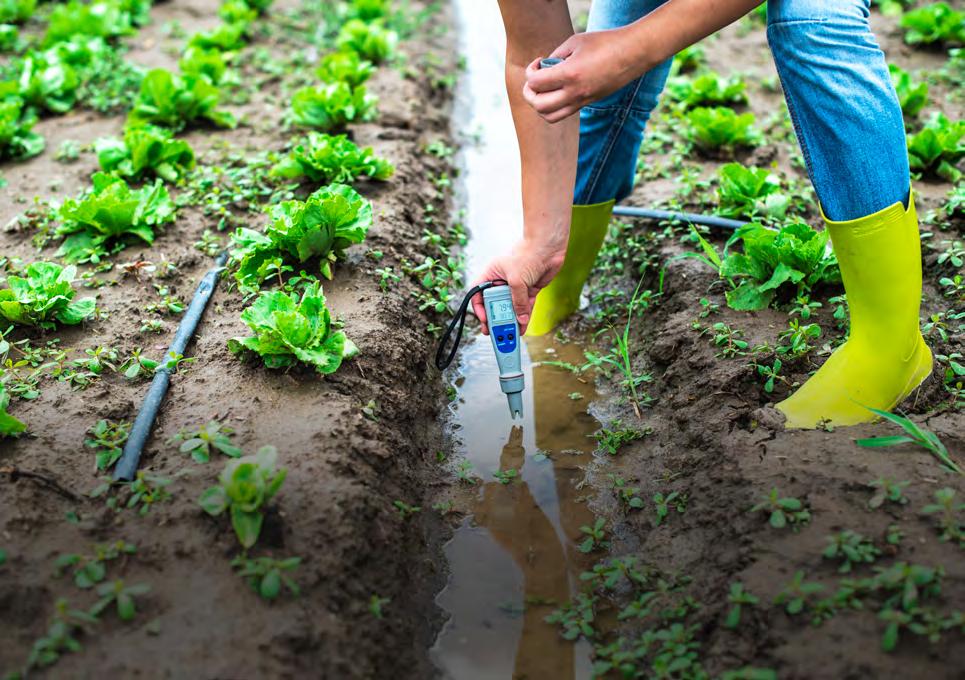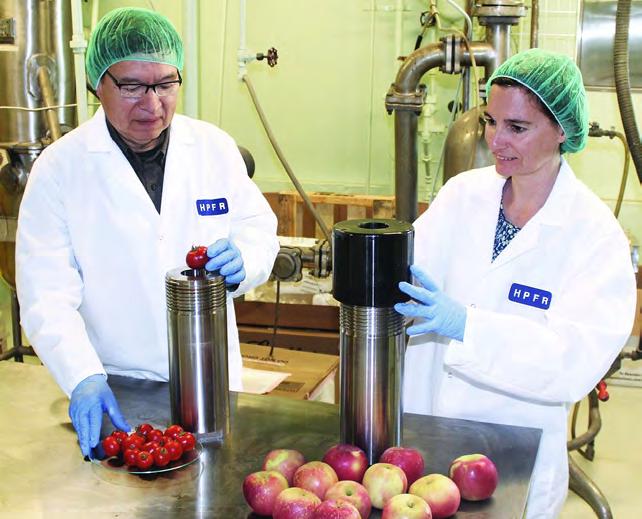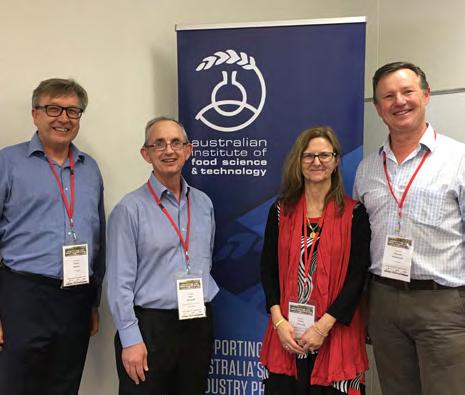FEATURE
Allergen management resources Words by Debbie Hawkes
I
ncidents involving food allergens are an increasing international phenomenon and the leading cause of food recalls in Australia and New Zealand. In 2018, undeclared allergens made up 46 per cent of Australian recalls and, at the time of writing, 53 per cent of New Zealand recalls in 2019 were from undeclared allergens. Most of these recalls are due to packaging errors or supplier verification issues.
Navigate the science VITAL® Program and VITAL Scientific Expert Panel The Allergen Bureau’s VITAL® (Voluntary Incidental Trace Allergen Labelling) Program is a standardised allergen risk assessment process for the food industry. VITAL uses a consistent science-based approach, with scientifically derived allergen reference doses forming the basis
40 food australia
of deciding the appropriateness of precautionary allergen labelling in foods that contain allergen food residues in the form of cross contact. Scientific evidence has shown there are levels of allergenic food residues that are small enough not to trigger an allergic reaction in most individuals with a food allergy under normal circumstances. Recognising a need for these levels to be identified through sound and robust science, the Allergen Bureau invited international scientists specialising in allergen management, food allergy and risk assessment to form the VITAL Scientific Expert Panel (VSEP). The objective of the VSEP is to review the underpinning science around food allergen thresholds and reference doses. The recommendations from the VSEP form the scientific framework for the VITAL Program.2
VSEP 2019 reference doses VITAL 2.0 to VITAL 3.0 At FAMS2019, members of the VSEP, Professor Steve Taylor [Food Allergy Research & Resource Program (FARRP), University of Nebraska and VSEP Chair] and Dr Ben Remington [Netherlands Organisation for Applied Scientific Research (TNO)], presented new research on allergen threshold modelling and the resulting updated set of food allergen reference doses. A summary description of the methodology applied in the determination of the updated reference doses is provided in the Summary of the 2019 VITAL Scientific Expert Panel Recommendations available on the Allergen Bureau website.3 The previous reference dose recommendations (VITAL 2.0) used three discrete models (Weibull, Log Logistic and Log Normal) and eliciting

















